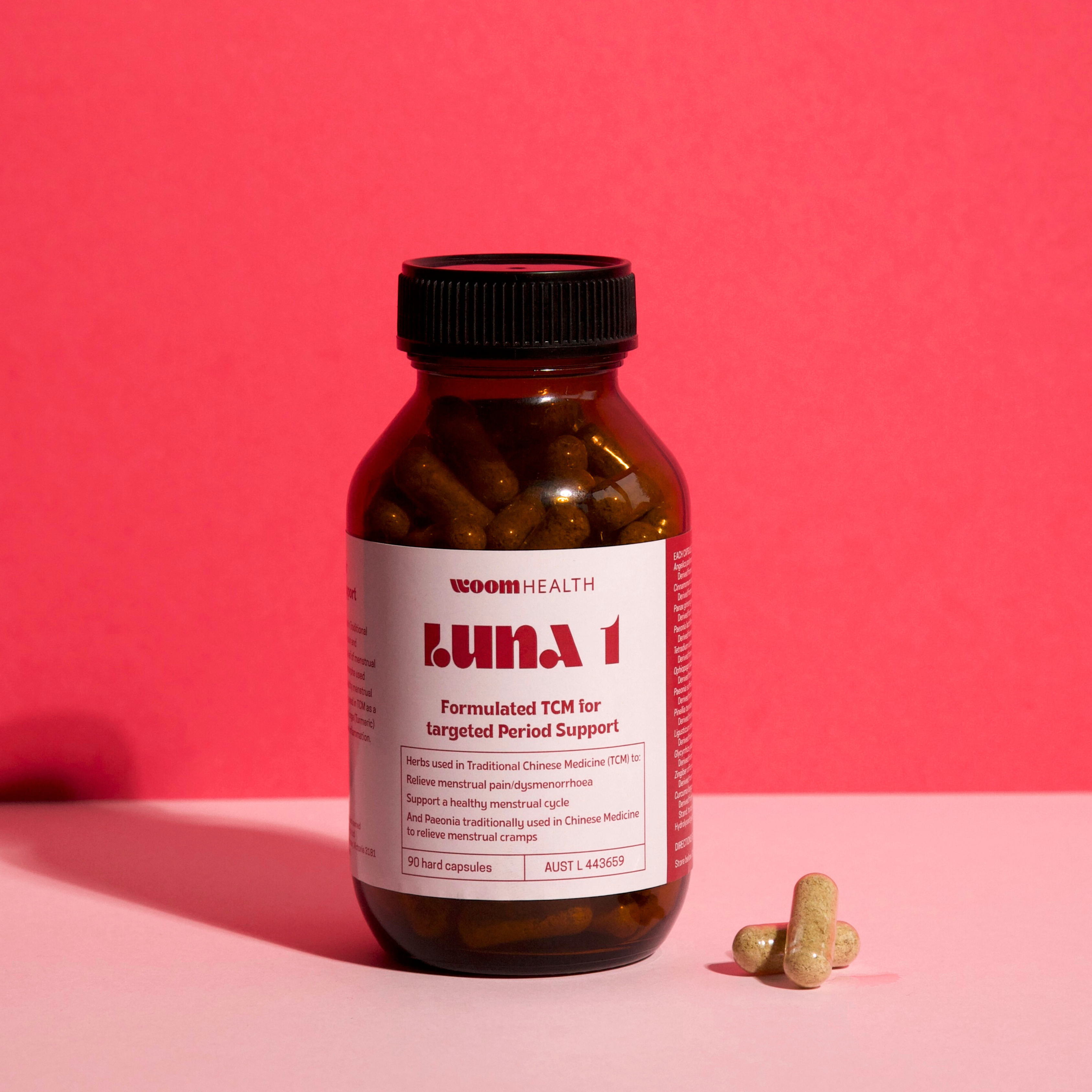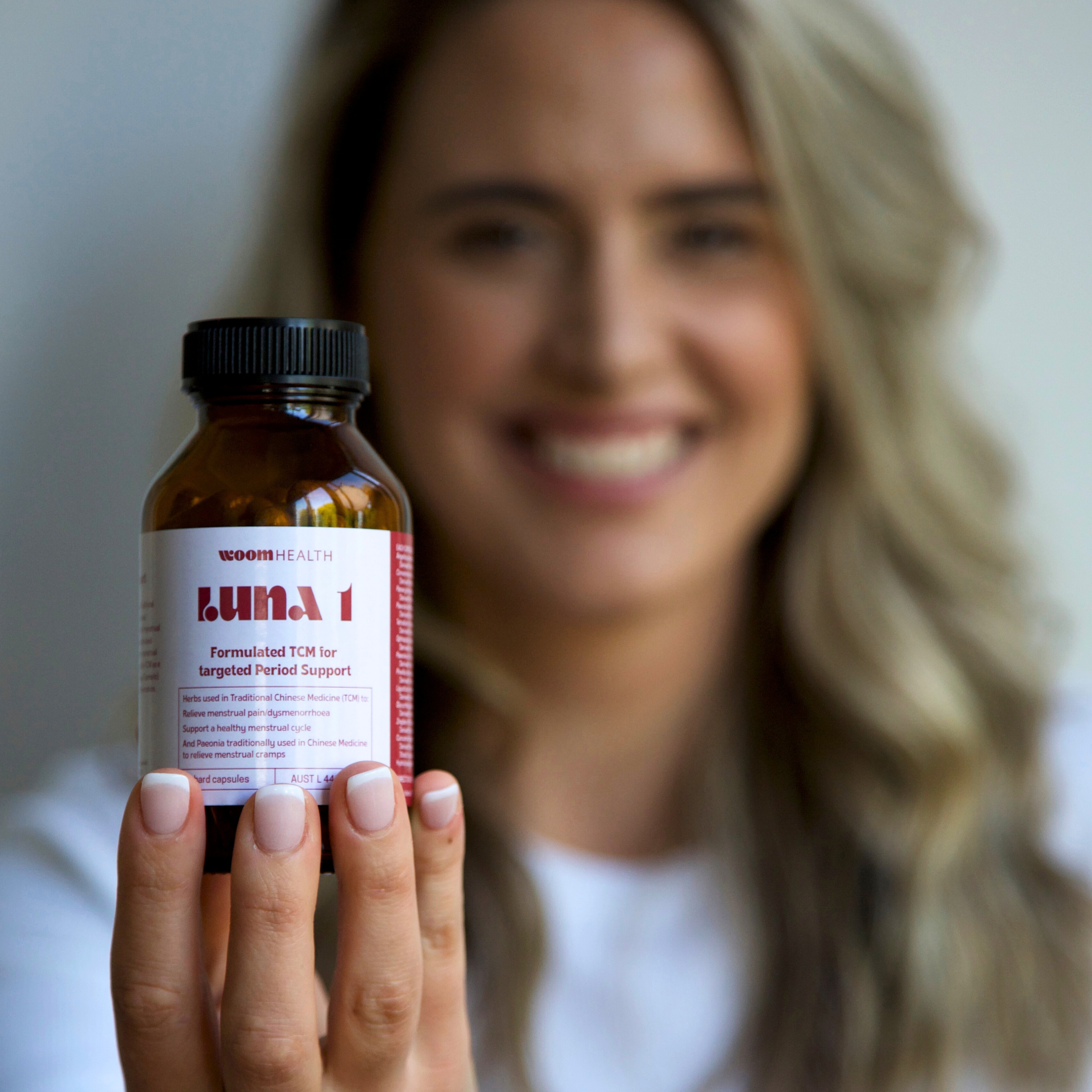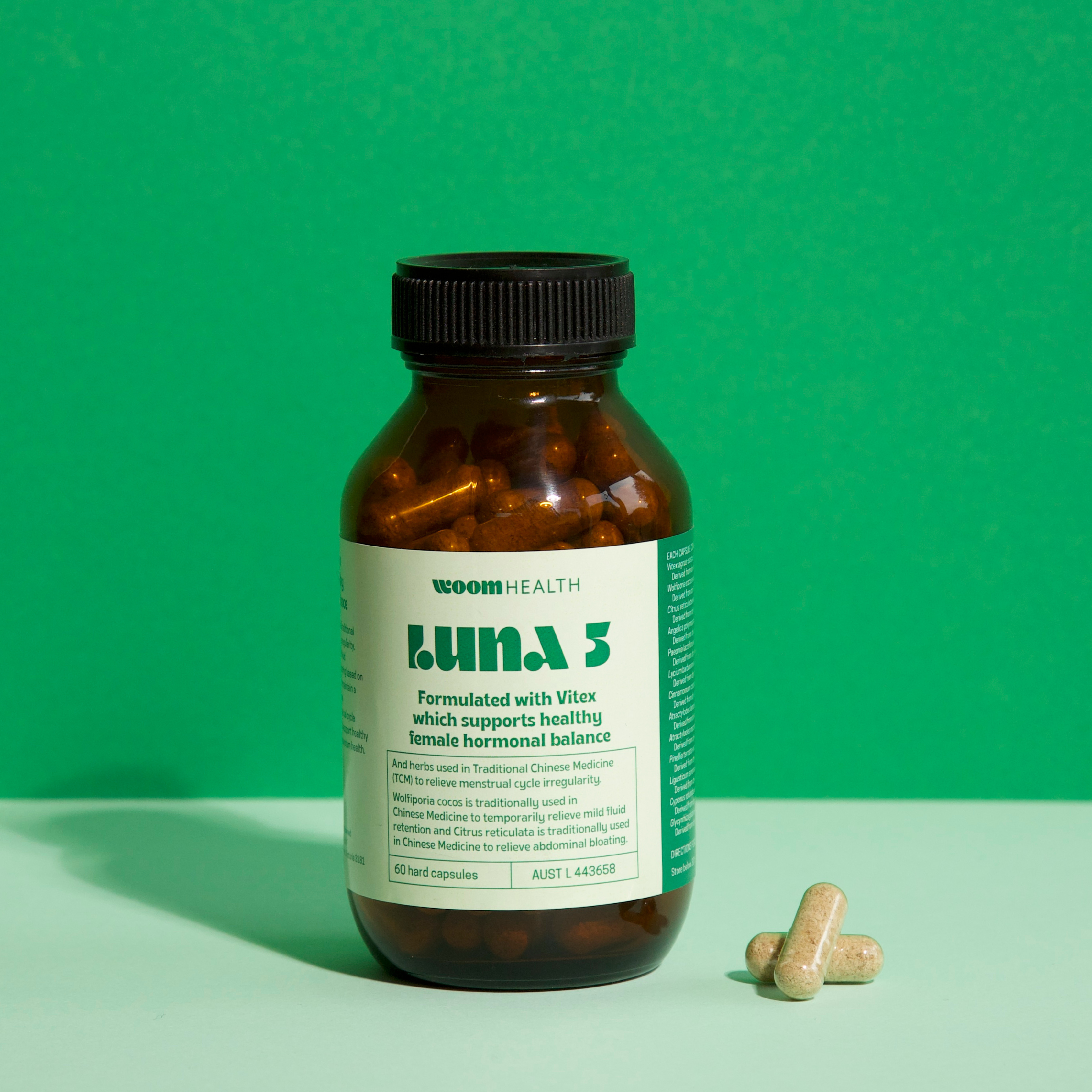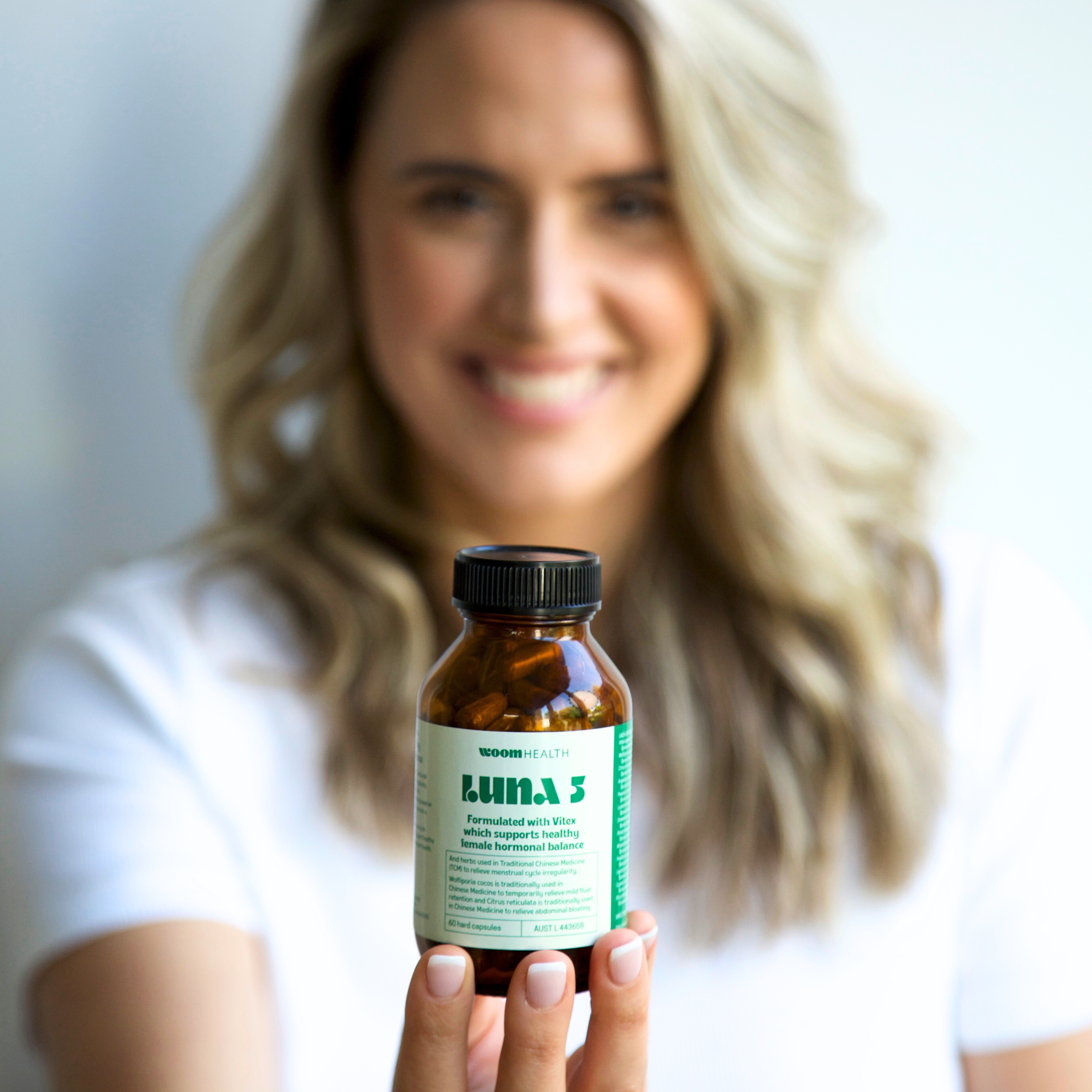Debunking Cycle Myths

Have you ever been told that your period pain is normal? Your cycle has to be 28 days? The pill is the solution for everything? Think again!
Dr Amanda sat down with Teresa Truda to debunk all cycle myths within the menstrual community so you have all the tools you need to become your own health advocate.
Myth 1: Period Pain is normal & my cycle should be 28 days
I mean, throughout the ages, really, there has been so much to do around the topic of periods. We haven’t really even had the opportunity to talk about our normal bodily function, our monthly function, which is, our menstrual bleed and even just the stigma around periods, too. And what this has done is it’s basically created a divide. It’s created myths, and it’s also created gender discrimination as well. So in 2021, it’s amazing to say that we still have these cycle myths that exist in our modern times.
We shouldn’t have these myths, rather women and menstruators should know what a healthy period and menstrual cycle is and what they entail. And the menstrual cycle encompasses the four phases, which is our bleed, our follicular phase ovulation, and our luteal phase. And for many, they don’t really understand what a normal period looks like. So, let’s break that down first. Every cycle length is different for women and menstruators. So we’re told that a 28 day cycle is a normal cycle.
How this has come about is that the contraceptive pill was devised for contraceptive reasons. And so the pill essentially created what a menstrual cycle looks like, whilst mimicking a menstrual cycle, which is 28 days. That’s kind of where we’ve come with this mirror cycle length being 28 days when in fact, all menstruators have different cycle lengths. And these can range from anywhere from 25 to 35 days.
So we all have varying different lengths. And that’s why it’s really important to understand your body intimately and to also understand the signs and the clues that your body sharing with you each day and every month. This is where we come into period pain. We’ve all been told that period pain is normal when, in fact, it’s not, it’s your body’s way of communicating that you need to investigate a little further. So a dull, mild cramp is what we would consider to be normal. So you will experience some form of a dull ache potentially leading up to your period and then also during their menstrual bleed.
This is due to the prostaglandins, the prostaglandins line and the endometrial lining, which then cause a little pulsation of the endometrial lining. And that causes the lining to shed. So when we have that little pulsation, the lining sheds, we may experience a sense of movement, which is that dull cramping. But anything that’s beyond that where we’re killed over in pain, taking days off school, experiencing a spectrum of stabbing pain, burning pain or rectum pain is not normal. I want to share with you that it’s completely not normal. We really need to highlight that the pain should be dull.
Each month we ovulate at different times within our cycle. We really encourage you to start tracking your cycle, whether that’s through an app or by hand with a BBT chart. Depending on the way and time that it takes for our follicle to mature, is that sometimes we may ovulate a little later in our cycle, so we could be ovulating at day 16 or day 21 in a 28 day cycle.
It’s really good to do specific hormonal tests to test your FSH, your follicle stimulating hormone, and then your progesterone. Because these are two key indicating hormones, progesterone will determine that we’ve ovulated, and then the follicle stimulating hormone is what helps us to grow and recruit that dominant follicle in our cycle. Always ovulate. And that’s why we can potentially fall pregnant.
Myth 2: Different types of period pain is normal
So a dull will just kind of feel like a little bit of a heavy sensation. Sort of like it’s your body’s way of communicating that your period is coming. Sharp pain can indicate that there’s stagnation within the womb within your uterus, and normally that’s accompanied with heavy bleeding. Also clotty periods as well. So most of the time the pain will be accompanied with sort of a really heavy bleed and also two clots. So keep your eyes out for clots in your bleed and also to the volume that you’re bleeding.
Ovulation pain that is sharp and intense is definitely not normal. So normally when we ovulate, we recruit and mature follicle that mature follicle, then releases an egg, so it’s an energetic release. It’s propelling that egg out of the follicles to then travel down your fallopian tube. But if you’re experiencing sharp pain that is completely not normal and definitely worth investigating. And unfortunately, sometimes most people, when they are experiencing pain, they will go to their GP, and they’ll have a pelvic ultrasound. And often the pelvic ultrasound won’t show anything but behind the scenes, which you can’t actually see until you’ve had laparoscopic surgery, there could be adenomyiosis and endometriosis.
Myth 3: You can’t get pregnant during your period
Within your cycle, if you grow that dominant follicle, and then you release an egg, you have your period. Sometimes you can recruit another follicle that’s kind of just lagging behind there. And when you come into your next cycle, that follicle is already mature, and so it releases an egg super early. There are cases that you can fall pregnant during your period because some women may also menstruate. Menstruators may menstruate for ten days, but it’s a rarity.
Myth 4: All healthcare professionals will give you the same answers
I think it’s really important to find health care providers that will support you and work alongside you. That will really be your health advocate as well that see you and also listen to you.
Trust your intuition, you know your body the best. And if something doesn’t feel right, well, then 100% of the time you’re actually correct, it is your body. It is your body’s way of communicating with you. And I mean, it’s only through 15 years of clinical experience of being able to really fine tune those skills that when someone comes into clinics to be able to say specifically, looking at their menstrual history, looking at their menstrual pattern to go okay, I think potentially, yes, you have endometriosis.
Myth 5: The pill cures everything – acne, pain, endometriosis
Well, as menstruators, we are hormonal beings. And so every month we’re having different hormones throughout our cycle fluctuating. And so essentially, we’re having acne for a reason. It could be hormonal or gut health or to do with our microbiom, regardless, it’s definitely worth investigating. But the pill essentially shuts down our HPO access brain to our ovaries, and it mimics its own cycle. And as we’re talking about earlier, sort of that 28 day cycle, the pill is not actually a real bleed. It’s a withdrawal bleed.
And that’s a withdrawal from the synthetic hormones that you’ve put into your body for that month. And so the pill is just masking and essentially because it shuts down that hypothalamic pituritiovarian axis, it’s shutting down your hormones. And that’s why you generally will be experiencing acne tied in with bad gut health, so it’s just masking your underlying hormonal imbalance. And with the pill stopping pain. Look, I think it definitely serves a place with endometriosis, particularly for really chronic cases. And sometimes when women are wanting to sort of put their fertility on hold so it can reduce your pain- but also because you’re having a synthetic estrogen. Sometimes because of the cells of endometriosis, the endometriotic tissue are quite estrogen dominant. Well, they have a Dysregulation biosynthesis. So it means if we’ve got a synthetic estrogen that can be causing the endometriosis to still grow behind the scenes. But you’re actually not experiencing any of the symptoms that you would because the pill has shut down your biology basically.
Myth 6: Our period blood is dirty
Wrong! Yet it’s such a powerful thing that we can put into our plants, grow and fertilize them. Right. So it’s really important to just start to move our mind away from this kind of stigma and taboo of a period blood being dirty. Oh, the kids shouldn’t see my bleed. My sister tells me that the kids would follow her into the toilet with a tampon and she’d get really weird about it, but it’s like, actually, no, you just need to normalise it because there’s nothing shameful.
It’s our own ecosystem. So it’s helping to clear out vaginal, secretions- it’s shedding the endometrial lining. And in Western medicine, they call this the debris. But in Chinese medicine, we call it our 5th vital sign, so it’s sharing vital clues with us each and every month to our internal health, our overall health, biological, reproductive, and menstrual. So it’s huge. And it’s powerful. It’s life force! And it’s there to help for creation in every sense. Creativity, birthing, fertility, going for our rights of passage.
Myth 7: You can’t have sex on your period
Wrong! Having sex during your period is actually really amazing. And we recommend it at ANP. And the reason being, too, if you are suffering from painful periods, is that semen contains prostaglandins, which can help to ease the period pain. And it’s also, it gets the happy hormones going. It gets your endorphins going. It gets your serotonin going. So having sex during your period is actually a good thing, and it just depends on what you like.
Want to find out more?
This post has been extracted from our conversations in our Womb Talks IGTV series. To listen or watch our episodes, visit YouTube or listen to our Podcast.
Click on the video below to watch the full episode.
ANP are creating a revolutionary movement, and it all starts with each and every menstruator (that’s you) understanding the fundamentals of their 5th vital sign (their menstrual cycle).
Get social & follow us for the latest on your gynae health:








